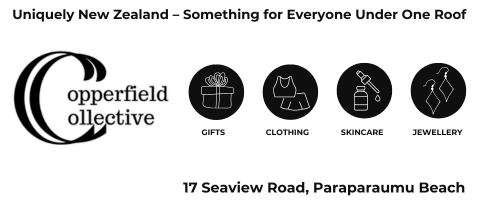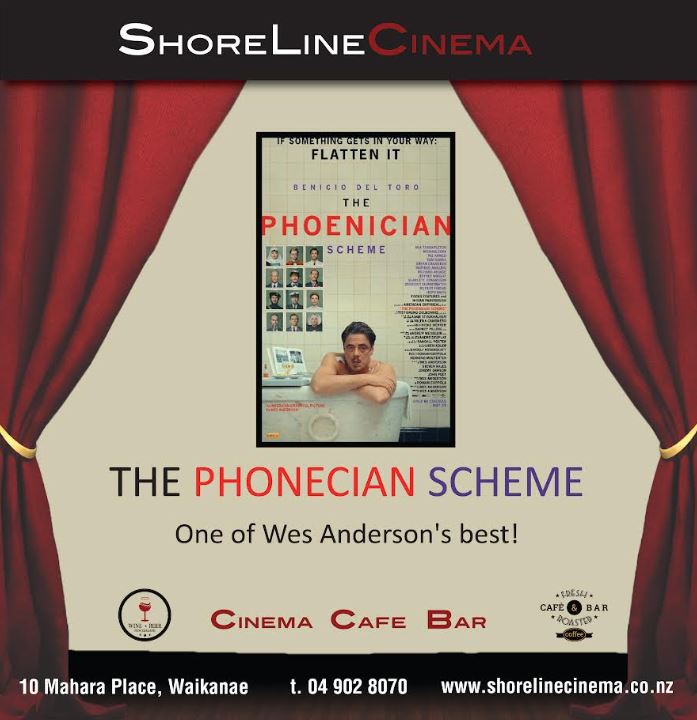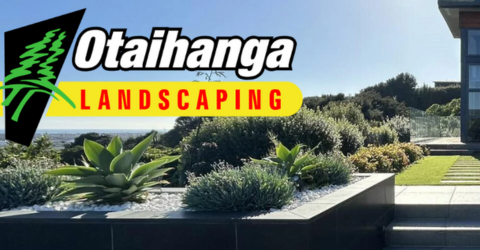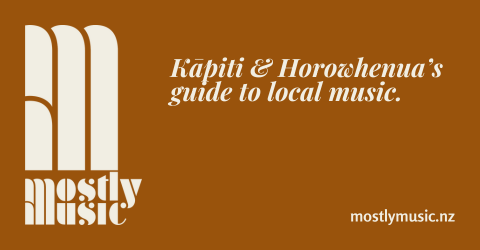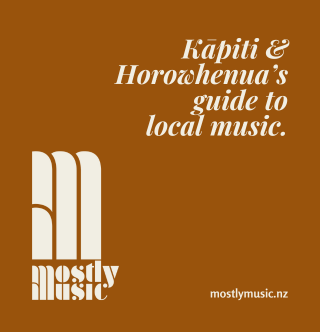Kāpiti Councillor, and former Kāpiti Arts Panel Chair, Jackie Elliott reflects on the impact and value of Public Art
I have just attended the annual Local Government NZ (LGNZ) conference in the heart of Christchurch city. This is not the first LGNZ conference I have attended. Like last year’s, entirely held within the artistic facades of the new Sky City Conference Center, it was the venue that drew me to attend. I took the opportunity in Auckland to explore the logistics of both the workings of the SkyCity monolith and the logistics of day to day living for Auckland’s homeless. Both were real eye-openers, and experiencing both at once, quite brutal.
Christchurch offered the same opportunity to experience by forced immersion. The 550 delegates had four separate hotels and another four activity venues, including historic Christ’s College, all within six blocks in the central city. We had to find and navigate around, largely on foot, and by ourselves. The historic trams and taxis were also available. All attendees came face to face with the complexities of a space and a people as desolate and suffering as they were inspired in their state of the art rebuild.
My newly refurbished stark white eleven storey motel building sat right behind the fenced, crumbling shell of the steel supported Cathedral. This site is left untouched since the 2011 earthquake. To see it, you go around the front of the mural decorated safety fence and through the tree fern lined facade of a whare meeting house. There, the public cross the metal grid floor to press noses up against the steel mesh and take it all in. Press shoulders against camera clicking tourists, kiddies pressed between legs, fingers entwined through the mesh, you all stare, in silence, tracing the path of pigeons in flight, taking in the curve of collapsing roofs, the long grass, the imposing steel beams and giant bolts, containers stacked against the left side to keep the building up, and huge concrete blocks in other corners. The grass, moss and creepers defiantly taking over as she is slowly being returned to mother nature.
It is almost the perfect untouched memorial to the earthquakes of 2010 and 2011 and the lives lost. But it is not perfect. As a catholic, this is the first church that I cannot enter to seek my own solace and protection. Nor can I enter to give her at this point in time, the solace and protection she so badly needs, and that is a powerful personal loss. It is very confronting. I get why it is so important to so many to have this building restored. Even if it means the gentle deconstruction of every brick, and a rebuild brick by brick.
Of the new buildings and spaces? Yes, This will indeed be one of the world’s most modern cities with state of the art engineering and use of materials in a way that will inspire continued economic viability. The buildings and the people share space with art. Lots of art. Art everywhere. In three days I still found more and more art in every corner, on every wall, art to be looked at, looked through, art to sit on, lie on, touch, be inspired by and art to find the stories of those living there and what happened.
I was reassured here, that public art has a powerful role in speaking both to and for the people in every community’s shared space and I compare this with the level of angst and brow beating in Kāpiti last week, when we at KCDC were choosing whether or not to accept the loan of the ‘Kiwi Flyer sculpture’. One artwork, and only the second piece of public art to be procured in Kāpiti in five years. As one of the previous chairs of Kāpiti’s Public Art Panel, I am even more convinced that there is always a place in my Kāpiti for public art.
Kāpiti Councillor Jackie Elliott






